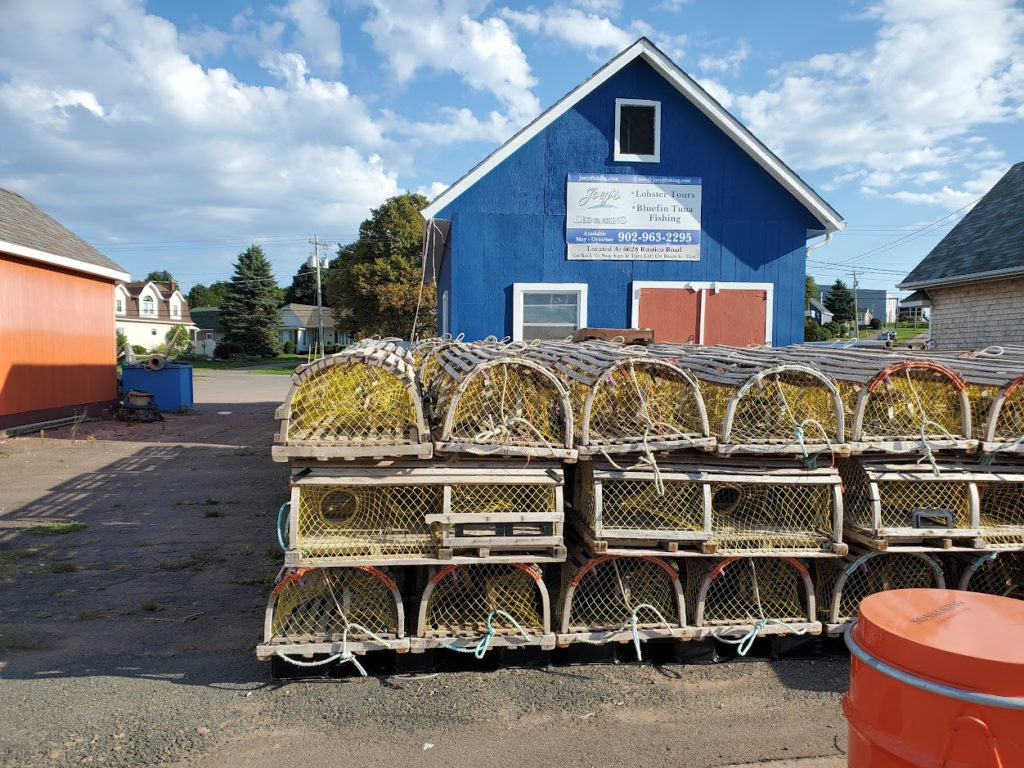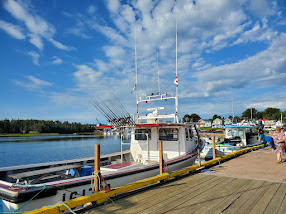Monday, September 26, 2022 – A PIECE OF PORCELAIN BECOMES A TEACHING INSTRUMENT


FROM THE ARCHIVES
MONDAY, SEPTEMBER 26, 2022
THE 791st EDITION
MY OWN PUZZLE
STEPHEN BLANK
My own puzzle
Stephen Blank
Dear reader, I don’t usually write about myself. But this is really something. So, permit me, just this once.
Over the Covid era, I have become a puzzle – jig-saw puzzle – enthusiast. I like them 1000 pieces and difficult to hard. I have a large dining table, and since I only take up a small portion at one end, the other can be devoted to weeks long puzzle struggles. I’ve done some lovely paintings but I like magazine covers, too. The old Sunset mag has some wonderful images and I’ve enjoyed several Norman Rockwell covers from the Saturday Evening Post. At the moment, I’m battling a Steinberg cover from the New Yorker.
I was recently gobsmacked to learn that the Bard Graduate Center now sells a puzzle in its bookstore – not my picture, but the image of a gift we gave to Bard which has become a major feature in their Study Collection program. How about that!
The Bard Graduate Center is a research institute in New York City with MA and PhD programs. It’s devoted to the study of decorative arts, design history, and material culture through research, advanced degrees, exhibitions, publications, and events. The Study Collection lives in the Graduate Center and is what might have been called in earlier times a Wunderkammern, or cabinet of wonders. It’s a grand collection of things – many media, many eras, many places. The Collection website states, “The purpose of the Study Collection is to support pedagogy by providing hands-on, close-up examination of objects as part of a classroom experience. Holdings include artifacts of glass, metal, ceramic, wood, plastic, textiles, and paper.”
Several years ago, we donated 80 pieces of pottery, glass, and wood collected or simply picked up around the world because they were interesting or just simply beautiful. At a recent Bard program for high school students, I was enormously pleased to hear one young woman describe and analyze a carving I had carried home from Nigeria. She and her colleagues were clear, clever and articulate far beyond what I would ever thought such young people could do.
We met the Bard folks when we learned of a program run at the Grad Center dealing with mended works of art. Researchers pore over these pieces like forensic pathologists reconstructing a crime. What is it, how was it broken, how was it mended and other questions are on the table.
Years before, we purchased a large English serving platter. We knew it was Staffordshire, early 19th century, with a large transfer image. It was a magnificent piece, well beyond our price range. Except that it had been broken and very, very carefully mended. The price was now in our range, so, of course, we purchased it.

The damage could scarcely be seen from the top. The two halves had been carefully fitted together and held by 15 metal stables. Tiny holes were bored, perhaps with a diamond drill, and the staples, heated red hot, were placed in the holes. When the staples cooled, the two pieces were drawn together securely. In addition to the break, there’s more damage on the bottom, yet not a chip on the surface.

We assumed it had been brought here in colonial times, almost surely a valuable addition to a home, and that it had been broken here (but perhaps in transit?). More fascinating was the effort and time expended to mend it. Who mended it? There must have been expert hands at doing this. We wondered why the owner felt it was so important to be worth mending. And then, how had it been preserved for so many years.
We learned more about it. Markings showed that it was made by Rogers and Son in perhaps in the 1840s. Rogers and Son was a pottery manufacturer located in Burslem, a town in Staffordshire, one of a several manufacturers in this area – producing what is now known as Staffordshire ware. The pattern, an Egyptian scene of a rider on a camel and architectural elements, was named “Camel” and colored in bold cobalt blue and white.
England had made fine porcelain – Bow, Chelsea, among other manufacturers – but that was much too expensive for England’s new middle classes. These people had money enough for some indulgence, but it had to fit their purses – and Staffordshire pottery looked very much like the real thing, although it was earthenware or stoneware and much less dear.
As demand for this new product grew, technological advances responded, and new forms of decoration (transfer printing, for example and new colors, as well as a raft of new shapes and designs) emerged. (Some of these potters very successfully imitated Chinese export ware.) Soon, Staffordshire ware became standard in the kitchens of all but the wealthiest British families.
Some of the Staffordshire companies grew much larger and their names are legendary today – Spode, Davenport, Moorcroft, Mintons, Doulton and, of course, Wedgewood. And we can see a profound transformation in marketing and advertising as the industry became one of England’s largest and helped move England into the industrial revolution.
John and George Rogers are listed in a 1784 directory as manufacturers of “china glazed, blue painted wares and cream coloured” at Burslem. They were probably operating from the potworks their father Francis had owned and which he left to John, the elder son, in his will. George Rogers died in April 1815 and John in December 1816. John had a son, Spencer Rogers, who inherited the business and continued to trade as ‘John Rogers & Son’. Spencer Rogers continued in business until 1842, in which year he was adjudicated bankrupt. (see http://www.americanhistoricalstaffordshire.com/history/john-rogers)
Roger and Son carried on trade with the United States. The Boston merchant Horace Collamore gave the factory three orders; the first, for twenty-five crates on 23rd May, 1814; the second, for three crates and five hogsheads on 4th December 1815; and the third, for twenty five crates, on 4th May 1816. The first order included ten crates of printed tea and table ware. The named patterns were Stag, Zebra, Elephant, Oriental and, of course, Camel. So, we know this platters of this design found their way to the United States through at least one Yankee merchant. And perhaps, an American merchant imported it, and sold it to a customer, in whose charge in was broken – and mended.
Years later, into our hands and then, to Bard Graduate Center’s Study Collection where it has become one of the most viewed and studied objects. And finally, the subject of a 300-piece jigsaw puzzle commemorating their exhibition entitled Conserving Active Matter. Check out the bottom note.

I know, this was a slightly odd addition to my RIHS series. I’ve donated paintings and plates to several museums, and that is always a kick. But how many people have had their own puzzle, at least when they are still around?
(https://store.bgc.bard.edu/conserving-active-matter-puzzle/)
Thanks, as ever,
Stephen Blank
RIHS
September 23, 2022
MONDAY PHOTO OF THE DAY
PRINCE EDWARD ISLAND, CANADA
TWO WEEKS AGO BEFORE HURRICANE FIONA
Send your response to:
rooseveltislandhistory@gmail.com
WEEKEND PHOTO
FLOOR PLAN IN EASTWOOD
FOR ONE BEDROOM APARTMENT, 1975, RENT IN 1977- $321.
ED LITCHER, NINA LUBLIN, GLORIA HERMAN GOT IT RIGHT

Text by Judith Berdy
Thanks to Bobbie Slonevsky for her dedication to Blackwell’s Almanac and the RIHS
Thanks to Deborah Dorff for maintaining our website
Edited by Deborah Dorff
All image are copyrighted (c)
STEPHEN BLANK
GRANTS
CITY COUNCIL REPRESENTATIVE JULE MENIN DISCRETIONARY FUNDING THRU DYCD


Copyright © 2022 Roosevelt Island Historical Society, All rights reserved.Our mailing address is:
rooseveltislandhistory@gmail.com



Leave a comment